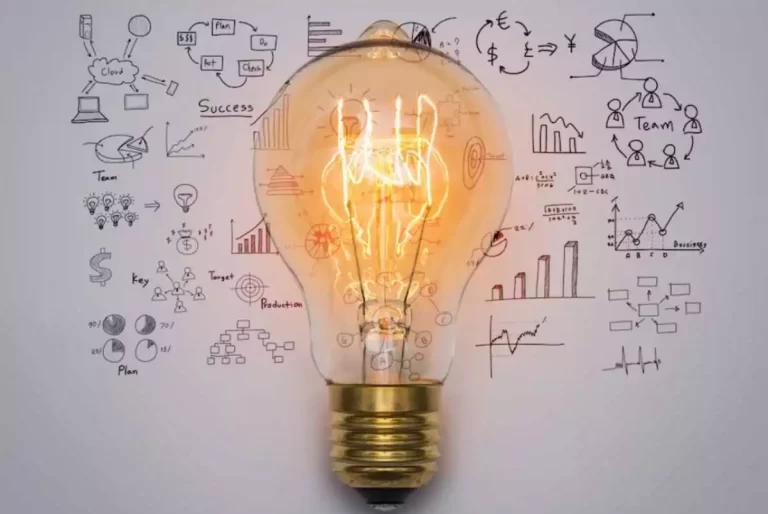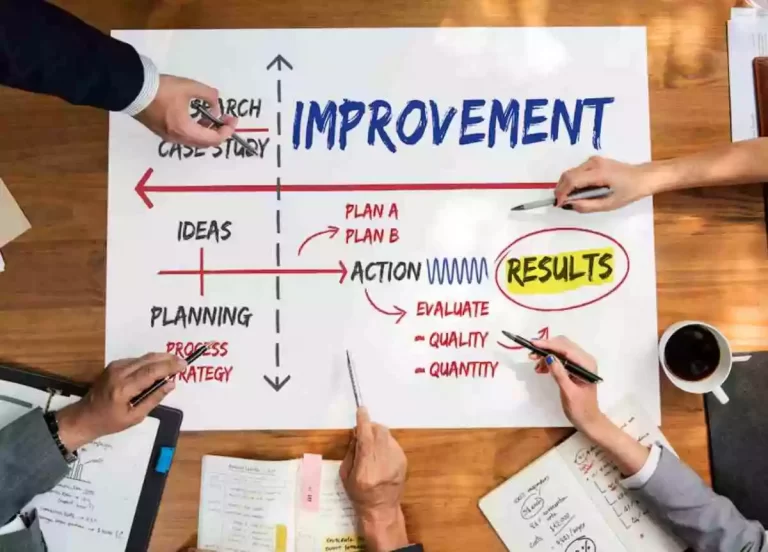The Ultimate Guide to Industrial Machinery Components and 3 Types
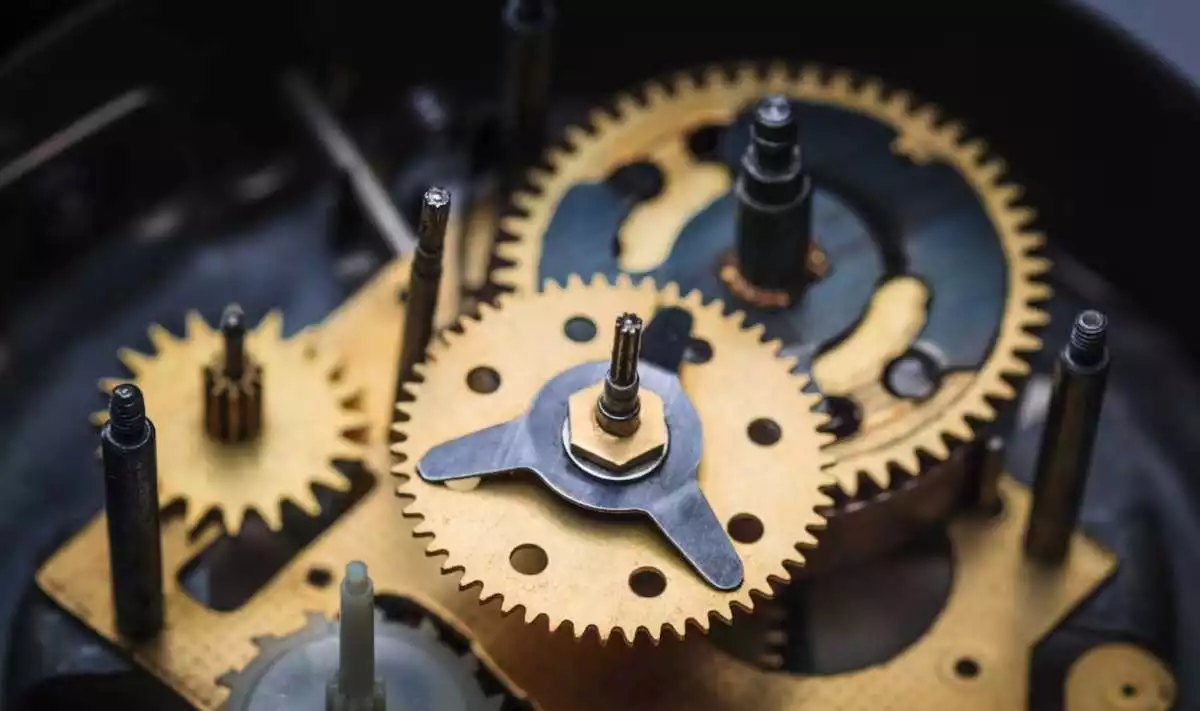
Introduction
In today’s rapidly evolving industrial landscape, the role of industrial machinery components in driving innovation & industry transformation cannot be overstated. Industrial machinery components form the backbone of manufacturing processes across various sectors, providing the necessary functionality & reliability to ensure smooth operations. From mechanical & electrical to hydraulic components, each plays a vital role in enabling efficient & productive workflows. This comprehensive guide will delve into the world of industrial machinery components, highlighting their types, innovations, benefits, challenges, and considerations for implementation.
Table of Contents
Importance of Industrial Machinery Components
Industrial machinery components are the building blocks which enable the operation of complex machinery & equipment in manufacturing plants. These components are designed to withstand heavy loads, high temperatures & rigorous operating conditions, ensuring the reliability & longevity of industrial processes. By knowing the different types of components & their functions, manufacturers can make informed decisions to optimize their operations & achieve greater efficiency and productivity.
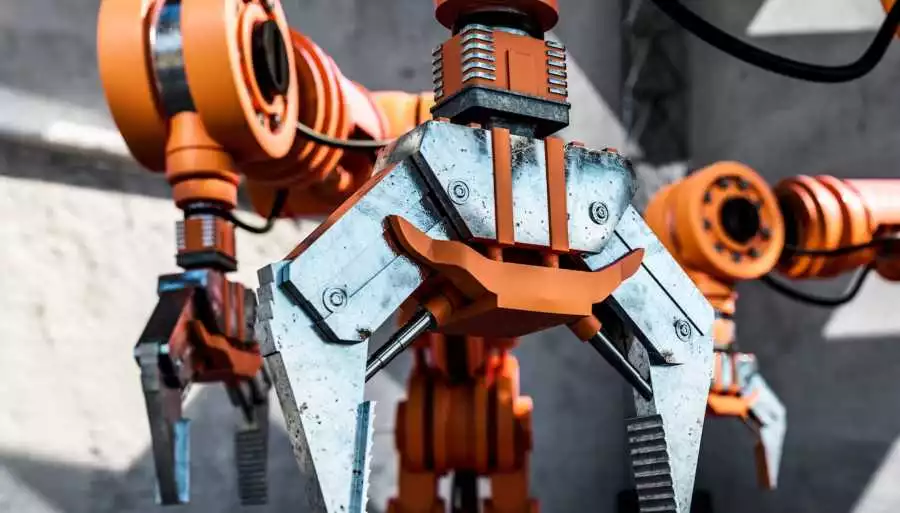
Types of Industrial Machinery Components
Mechanical Components
Mechanical components form the mechanical backbone of the industrial machinery. These components are responsible for transmitting & converting mechanical energy, enabling the movement and operation of various machine parts.
Bearings
Bearings are crucial mechanical components that facilitate rotational or linear movement by reducing friction between two or more moving parts. They are commonly used in motors, conveyor systems & heavy machinery to ensure smooth & efficient operation.
Gears
Gears are essential components that transmit power & torque between rotating shafts. They enable speed control, torque amplification & directional changes in machinery, making them vital for applications such as gearboxes, conveyors & robotic systems.
Shafts
Shafts are mechanical components used to transmit power & torque between different machinery components. They provide support & rotational movement to various parts of a machine, allowing for the transfer of energy and operation of mechanical systems.
Electrical Components
Electrical components play a crucial role in controlling and regulating the electrical aspects of industrial machinery. They ensure the safe and efficient distribution of electrical power, enabling precise operation and control.
Motors
Motors are electrical components that convert electrical energy into mechanical energy, driving the movement of machinery parts. They come in various types, such as AC motors, DC motors, and servo motors, and find applications in robotics, conveyor systems, and manufacturing equipment.
Switches
Switches are electrical components used to control the flow of electricity within a circuit. They allow operators to turn machinery on or off, control various functions, and ensure safety during operation.
Relays
Relays are electromechanical components that control high-power circuits using low-power signals. They act as switches and are commonly used in control panels, automation systems, and motor control circuits.
Hydraulic Components
Hydraulic components utilize fluid power to generate and control mechanical force and movement. They find extensive applications in heavy machinery, construction equipment, and industrial automation.
Pumps
Pumps are hydraulic components responsible for generating fluid flow and pressure. They are used to transport liquids, such as oil or water, through hydraulic systems, providing the necessary force for movement and operation.
Valves
Valves control the flow and direction of fluids within hydraulic systems. They regulate pressure, allow for precise control, and ensure the efficient functioning of machinery.
Cylinders
Cylinders are hydraulic components that convert fluid power into linear mechanical force and motion. They are used in a wide range of applications, including lifting and pushing heavy loads, actuating robotic arms, and powering industrial presses.
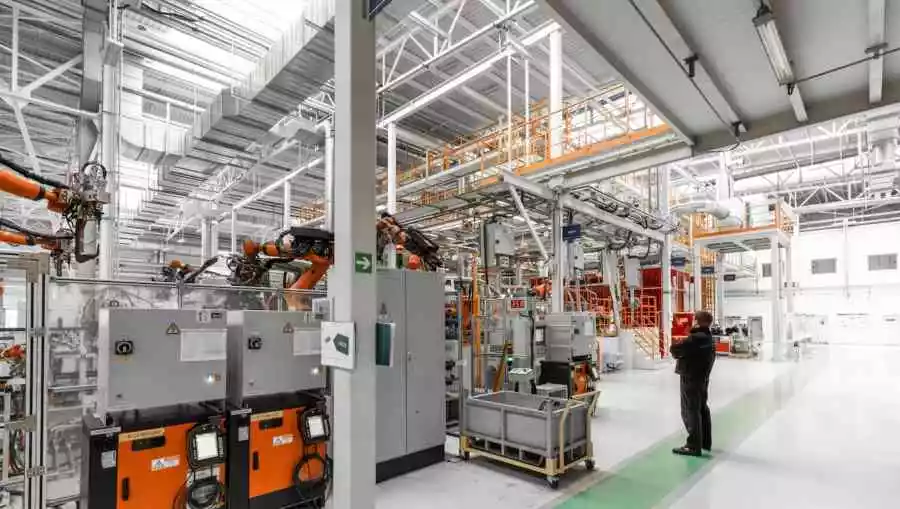
Innovations in Industrial Machinery Components
Smart Components
Advancements in technology have given rise to smart components that enhance the capabilities and performance of industrial machinery. These components incorporate sensors, connectivity, and data analytics, enabling real-time monitoring, control, and predictive maintenance.
Sensors and Actuators
Sensors & actuators are integral parts of smart components which allows for the collection of data & the initiation of specific actions based on the analysed information. Sensors can detect temperature, vibration, pressure & other parameters, while actuators enable precise control and adjustment of machinery.
Internet of Things (IoT) Integration
The integration of IoT technology enables connectivity & data exchange between industrial machinery components & central control systems. This connectivity allows for real time monitoring, remote access & data driven decision-making, leading to improved operational efficiency & reduced downtime.
Predictive Maintenance
Smart components equipped with predictive maintenance capabilities can monitor the health and performance of machinery, identifying potential issues before they escalate. By analyzing data from sensors and historical patterns, predictive maintenance systems can schedule maintenance activities proactively, minimizing unplanned downtime and optimizing machinery performance.
Sustainable Components
As sustainability becomes a pressing concern, industrial machinery components are evolving to incorporate eco friendly features that promote energy efficiency & waste reduction.
Energy Efficient Motors
Energy efficient motors reduce energy consumption and maintain high performance levels. These motors are designed to minimize energy losses, improve power factor & comply with energy efficiency standards, resulting in cost savings & reduced environmental impact.
Eco Friendly Materials
Sustainable components are often made from eco friendly materials, such as recycled plastics or biodegradable compounds. These materials minimize the environmental footprint of machinery components & contribute to the circular economy.
Waste Reduction Technologies
Innovative waste reduction technologies, such as regenerative braking systems in hydraulic components or closed loop cooling systems, aim to minimize waste generation & maximize resource utilization. These technologies improve overall efficiency & reduce the environmental impact of industrial processes.
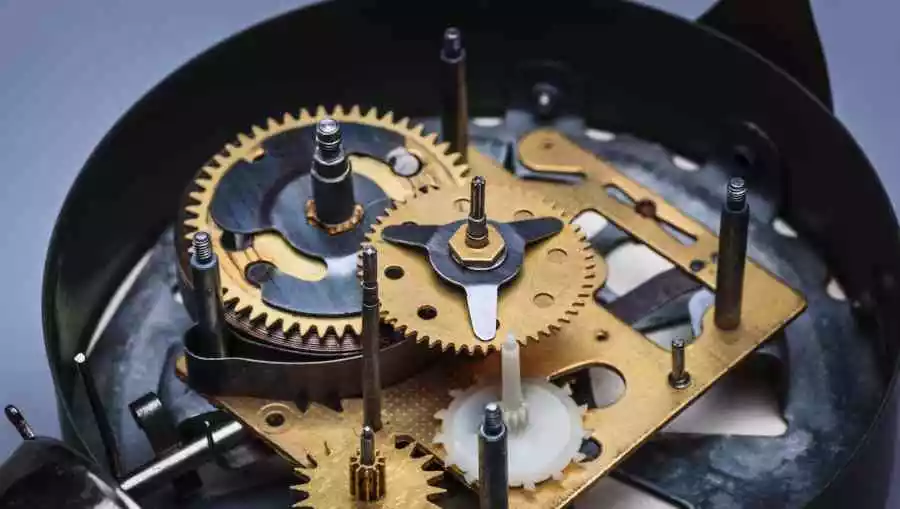
Benefits of Upgrading Industrial Machinery Components
Increased Efficiency & Productivity
Upgrading industrial machinery components can significantly enhance efficiency & productivity. By incorporating advanced technologies & innovative features, machinery can operate at higher speeds, with greater precision & reliability, resulting in increased output & reduced production time.
Improved Safety Measures
Newer components often come with improved safety features, such as integrated emergency stop systems, enhanced fault detection & protective enclosures. These safety measures help prevent accidents, protect workers & ensure compliance with industry regulations and standards.
Cost Savings in the Long Run
While the initial investment in upgrading industrial machinery components may seem significant, it often leads to long term cost savings. Upgraded components are designed for higher efficiency, reduced maintenance cost & longer lifespans, resulting in lower operating costs & improved return on investment (ROI).
Challenges and Considerations in Implementing New Components
Compatibility with Existing Systems
When implementing new components, compatibility with existing machinery & systems is a crucial consideration. In some cases, modifications or adaptations may be necessary to ensure seamless integration, avoid compatibility issues & prevent operational disruptions.
Cost of Implementation
Upgrading industrial machinery components can involve substantial costs, including the purchase of new components, installation expenses & potential downtime during the transition. It is essential to carefully assess the costs & benefits of upgrading & develop a comprehensive implementation plan to minimize financial impact.
Training and Adaptation
Introducing new components may require training and adaptation for operators and maintenance personnel. Familiarization with the new technology, its functionalities & maintenance requirements is vital to ensure smooth operations & maximize the benefits of the upgraded components.
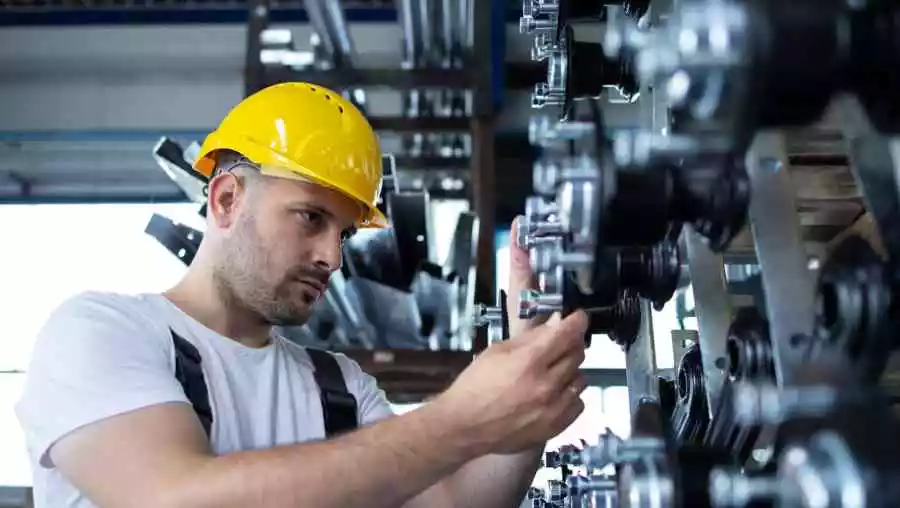
Conclusion
Innovation in industrial machinery components is transforming industries, enabling higher efficiency, productivity & sustainability. The high range of mechanical, electrical & hydraulic components ensures the smooth operation of machinery in various sectors. Upgrading these components to incorporate smart features & sustainable technologies offers numerous benefits, including improved efficiency, enhanced safety & long term cost savings. However, careful consideration of compatibility, implementation cost & training requirements is necessary to overcome challenges & successfully harness the potential of new components.
FAQs:
Q1. What are the main factors to consider when upgrading industrial machinery components?
When upgrading industrial machinery components, it is necessary to consider compatibility with existing systems, cost of implementation, training requirements & the potential benefits in terms of efficiency, productivity & cost savings.
Q2. How can smart components improve industrial processes?
Smart components equipped with sensors, connectivity & data analytics enable real time monitoring, control & predictive maintenance. This leads to optimized operations, reduced downtime, & improved decision making based on analysed data.
Q3. Are sustainable components more expensive than traditional ones?
While sustainable components may have a higher cost, they often benefits in long term cost savings due to increased energy efficiency, reduced maintenance requirements, & improved environmental performance.
Q4. What are the potential risks of implementing new components?
Implementing new components may pose risks such as compatibility issues, potential operational disruptions during the transition & the need for additional training & adaptation for personnel.
Q5. Where can I find reliable suppliers for industrial machinery components?
Reliable suppliers for industrial machinery components can be found through industry trade shows, online directories & referrals from other manufacturers or industry professionals.
Also See:
7 Thriving Types of Entrepreneurship That Can Ignite Your Success
How Property Investments Can Change Your Life: 10 Best Life-Altering Ways to Transform Your Future
Unlocking the Power of Mindfulness in Daily Life: 8 Powerful Ways
12 Easy Photography Tips That Will Make Your Photos Pop
The Magic of 5 Minute Meditation: Unveiling the Key to Inner Peace
Debt Management Made Easy: 4 Best Ways to Say Goodbye to Financial Stress!


